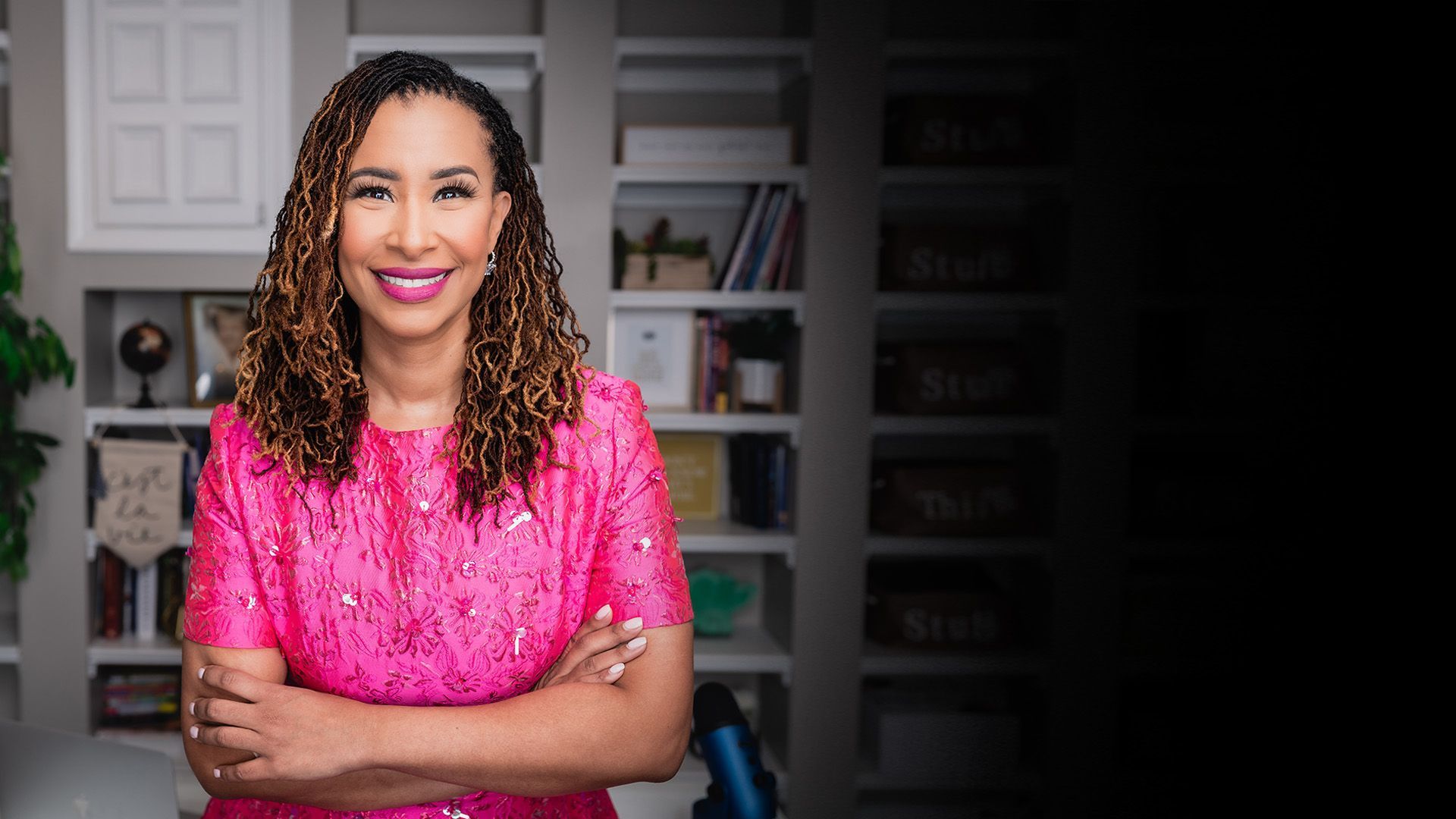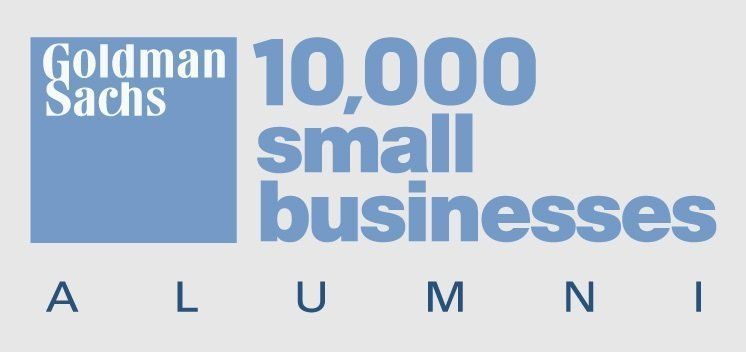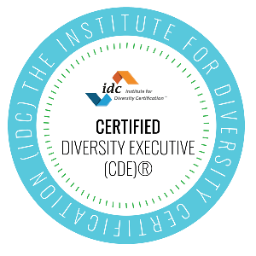7 Ways Organizations Can Be Thoughtful Around DEI During the Pandemic
With the state of the business world during the time of the global pandemic, it’s important that employers and organizations are thoughtful about navigating Diversity, Equity, and Inclusion (DEI).
As businesses make rapid changes and try to determine the new normal, an issue that’s arising is that they may not be allowing enough time for thoughtfulness in decision-making with a lens of DEI.
Speed can be one of the worst enablers of bias and have lasting effects. Fast decisions can hinder equitable spaces and inclusion.
We don’t want to move so fast in our business recovery efforts that we fail to implement positive outcomes from a DEI perspective.
So I ask organizations… Are you continuing to ask strategic DEI questions at every point?
Are you leveraging solid frameworks around every decision made to account for DEI implications?
In the same way that organizations are thinking about how their industries are changing and how they need to pivot to be relevant during this climate, DEI professionals are doing the same thing. To be a part of the solution, I invite you to reflect on the below reminders to keep an eye toward leading inclusively.
7 Best Practices for Being Thoughtful Around DEI During The Current Pandemic:
1. Encourage Leadership to Support and Relieve HR
There’s no doubt that HR has been inundated during these times. HR has been furloughing people, bringing people back on, and mitigating fast-moving changes that require their full attention.
In many organizations, HR actually does the work of DEI (in hiring, internal communication, and representation of the business). If HR is balancing a lot right now, it can cause the work of DEI to receive less attention or fall to the wayside. And right now, we actually need for DEI work to be amplified.
This might require organizations who value DEI to relieve their HR managers of their DEI responsibilities and shift or assign that work to other senior organizational leaders.
Organizational leaders, C-suite leaders, and managers can leverage this time to become more deeply involved in the work of DEI themselves.
They need to think, “How can we directly tell this story and narrative to amplify the value of DEI?”
It’s time to really shift and make the case for DEI in a new, relevant way. We need to be cognizant of the current HR professionals load and as leaders be willing to take on more.
Check out my blog on: 7 Ways Leadership Can Support D&I Initiatives
2. Think of DEI Through a Remote Work Lens
Organizations are navigating work right now from a remote work perspective. And while some people will return to “business as usual” after this settles, this is now a time to consider entertaining new and different talents that haven’t been on our radar before.
The benefit is that remote work can actually open up work for underserved and underrepresented individuals.
Many individuals have now grown a comfort level to not having to be in the office. It could be from insecurities they have from invisible disabilities — maybe they don’t have comfort in face-to-face settings, but now they are proving to be more qualified and productive in a remote setting. Do we really need to change this for those individuals?
For workers who have been thriving in these current times, how can you continue to allow them to thrive if they have reached their stride in the remote working environment? Also, how can you cast the net even wider to attract talent that may be limited in their ability to commute?
For some companies, it might be valuable to hire remote workers who weren’t in the normal hiring pool before. They can access and utilize an additional pool of diverse talent.
There are some people who may live in rural areas and it might take them 1-1.5 hours to get to the next biggest city. Maybe they are caring for older parents or just never had the financial opportunity to leave their town. Companies can now be more thoughtful and flexible about remote work hiring.
On the other side, how can organizations be sure that their employees succeed post-turnover?
There are people losing their jobs because remote work is not an option for them or their company. This could be detrimental for people with a disadvantaged background. In these situations, businesses can provide services such as reskilling programs or severance packages.
Going forward, we will have to think of how to support remote work and how to insulate against any negative effects as well. The coming shifts with remote work will be extremely interesting in the business world, especially from a lens of DEI.
3. Over-Communicate with Empathy and Compassion
There’s no denying that empathy and compassion are both vital right now. Anytime we find ourselves in a period of time where there’s so much uncertainty — we need to over-communicate.
We must ensure that leaders and messengers on behalf of the company are thoughtful and considerate. There is value in those leaders demonstrating vulnerability and sharing how much they’re navigating and being impacted by this crisis. This allows others to know they are not alone and that moments of uncertainty abound.
A great example is Brian Chesky, CEO of Airbnb. They recently had to lay off ~25% of their workforce due to Covid-19. He wrote an authentic, transparent, and detailed email to his entire staff, as well as stressing his “unwavering commitment to diversity.”
You can read it here.
You must ensure you have a voice of authenticity, transparency, and truth. Authentic updates will be helpful and comforting in these times of uncertainty.
Organizational leaders should think through and ask questions like:
- Which different groups will be impacted by this decision and how?
- Is there a way to create a more equitable division of the impact?
- Am I communicating any changes or shifts in an empathetic and inclusive way?
Keep asking strategic DEI questions at every point and encourage other leaders to do the same.
Set clear expectations so people know when, where, and how you are communicating updates.
For example: “Every Thursday, at the start of the day, we will have a round-up to share how the business is moving forward and check in with everyone.” Sharing this can be supportive so everyone knows there is a constant time of communication.
Lastly, part of this communication needs to be encouraging to keep morale and connection up.
4. Find Ways To Boost Job Security and Communicate That Security
People need a stronger sense of connectivity and comfort, especially as it relates to job security.
Some organizations might be thinking that they can’t communicate a high level of security because *they* don’t even know the reality.
The response in that situation is… if we are continuing to see the economy as a downturn, and organizations have to think of downturn in their workforce, then we need for those leaders to be very thoughtful in how that information is shared.
Otherwise, it can lead to the organization suffering from bias that is directly related to performance ratings.
A good rule of thumb right now is that organizations should give LESS weight to performance ratings that may have been in place before Covid.
One great example is schools. Because of the drastic shift in stay-at-home schooling, teaching, and the new scholastic environment in general, many schools are giving more leniency to grades and performance. Some are doing more Pass/Fail grading versus standard F to A or 0 to 100 scale. This gives people more space to still do work but allows space for the trauma and difficult times in regard to concentration and performance.
With the trauma that’s attached to what’s happening right now, it’s not fair to expect the same level of productivity and performance necessarily. Organizations need to be mindful of that and not expect employees to operate consistently at 100%.
5. Be Thoughtful in the Demographic Factors of Hiring and Firing
Right now, women and POC are very high on the unemployment list and getting hit the hardest by coronavirus. This fact is all over publications such as Harvard Business Review , NPR , and Marketplace.org.
Organizational leaders should be asking questions like: “Which different groups will be most impacted by this decision and how? Is there a way to create a more equitable division of impact?”
This means that if we are considering DEI, it behooves organizations to make sure that they are making those terminations or reductions in staff decisions with thoughtfulness in the demographic factors.
We must be aware of what percentages are when you reduce part of those populations – especially when those communities have smaller networks.
This just magnifies what some could perceive as a lack of intentionality in recruiting and handling diverse candidates.
With an organization who wants to showcase leadership in DEI, optics are not everything, but they do create a narrative that people will gravitate to. If POC and women are the ones experiencing the most job loss, that will affect the optics of the company in the marketplace and public eye. Make sure you are thoughtful in the hiring and firing process through a strong lens of DEI.
6. Social Distancing Needs to be “Physical Distancing” and Not Cut Off Social Interaction
Social distancing is meant to be “physical” so the coronavirus can’t spread, but we don’t actually want to isolate ourselves from learning, interaction, and social connection.
I’m sure many studies will come out in the future of the effect on society and mental health in regards to social distancing.
I believe the language of “social distancing” has caused some people to perceive they need to cut off communication – but it’s really just communicating this physical distancing. We don’t want to encourage the negative effects of socially isolating people, and even though we are “physically distant” we must encourage ways to communicate and connect.
Organizations need to have established touchpoints with their employees, such as virtual social events, virtual check-ins, etc.
That means shifting all normal community events to virtual.
One way to do that is with Employee Resource Groups (ERGS).
I think ERGs are very important for creating community and network building. We can move these interactions virtually to Zoom or other online platforms. People with minority backgrounds often struggle with having to mask or “cover” in the workplace. Creating community can help people feel more connected and able to be authentic, which results in better performance in the workplace (and now the “remote” workplace).
A misnomer is that ERGs are only for those who are part of that population, but this is a great time for allies to connect as well. By moving virtually, there might be a lower barrier for entry for allies to enter into conversation, listening, and being in community with people of different backgrounds. By moving ERGs virtual, we can increase inter-community connection and learning.
7. The Power of Intersectionality
Lastly, we can shape more inclusive conversations with intersectional thinking. See my intersectionality whitepaper for a deep dive.
We must be aware of those unifying (and often unseen) identities such as people who are caregivers, people who are struggling with mental health, or dealing with grief.
I like to see people normalize conversations of inequities. People need tools to have difficult conversations right now around inequities, but right now, people are walking on eggshells about the future.
If people have strong thoughts about equality being compromised, are they willing to have that conversation in the public? Maybe not.
Leaders need to think of ways to shape intersectional work and encourage people to have these conversations to create a culture of listening and support.
For example, I’ve created specific tools for my clients. One says RESET and one says TELL ME MORE (tools that everyone gets to place on their desk drawer or on their person). Anytime they encounter an issue with diversity or equity, they can pull that card out and that card is their safe space to say— “we can assume positive intent” and have a dialogue around it.
People are so protective over their job security right now and we need these types of tools to shape inclusive conversations and continual learning. Don’t really on assumptions. Right now, you need to make sure that you are relating back to the lived experience of those you’re working with and view experiences through an intersectional lens.
Moving Forward to the Future
Times right now are intense, fast, and uncertain. This can cause organizations to make speedy decisions at a detriment to those underserved communities.
We must still find time to pause and think of the long term implications on DEI as a result of covid. We must recognize that our space and our work is going to look different.
In the long run, I hope this covid situation is going to lead employers to be more flexible with their work situations that can offer up opportunities to people like primary caregivers, those with disabilities, those who can’t commute to work because of lack of transportations.
If organizations are really thoughtful, this can be seen as a huge opportunity with talent acquisition efforts.
We can see the silver lining, create more opportunities, and leverage this experience as a benefit to be more inclusive.
How are you navigating these times? Feel free to share in the comments below.

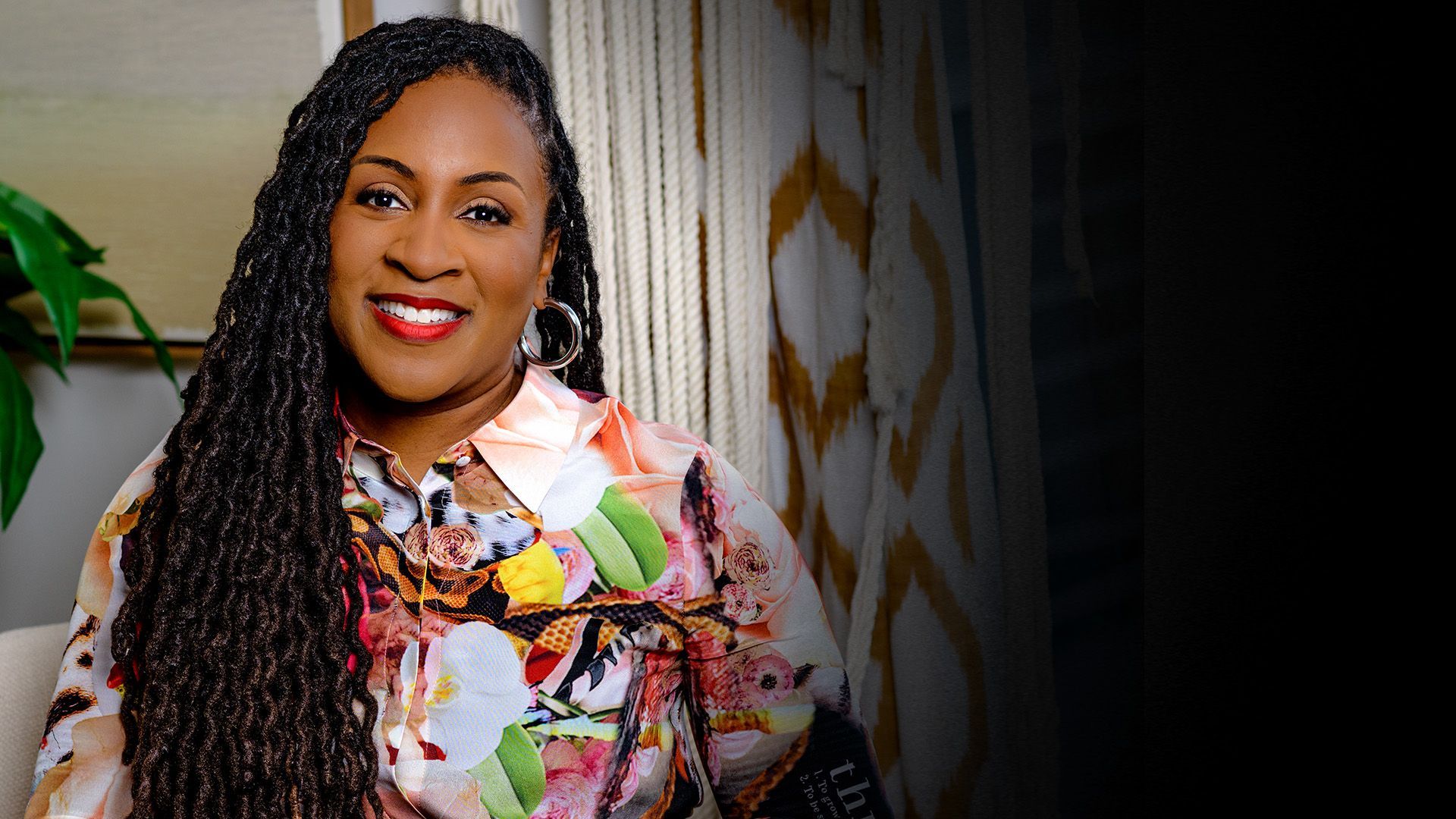
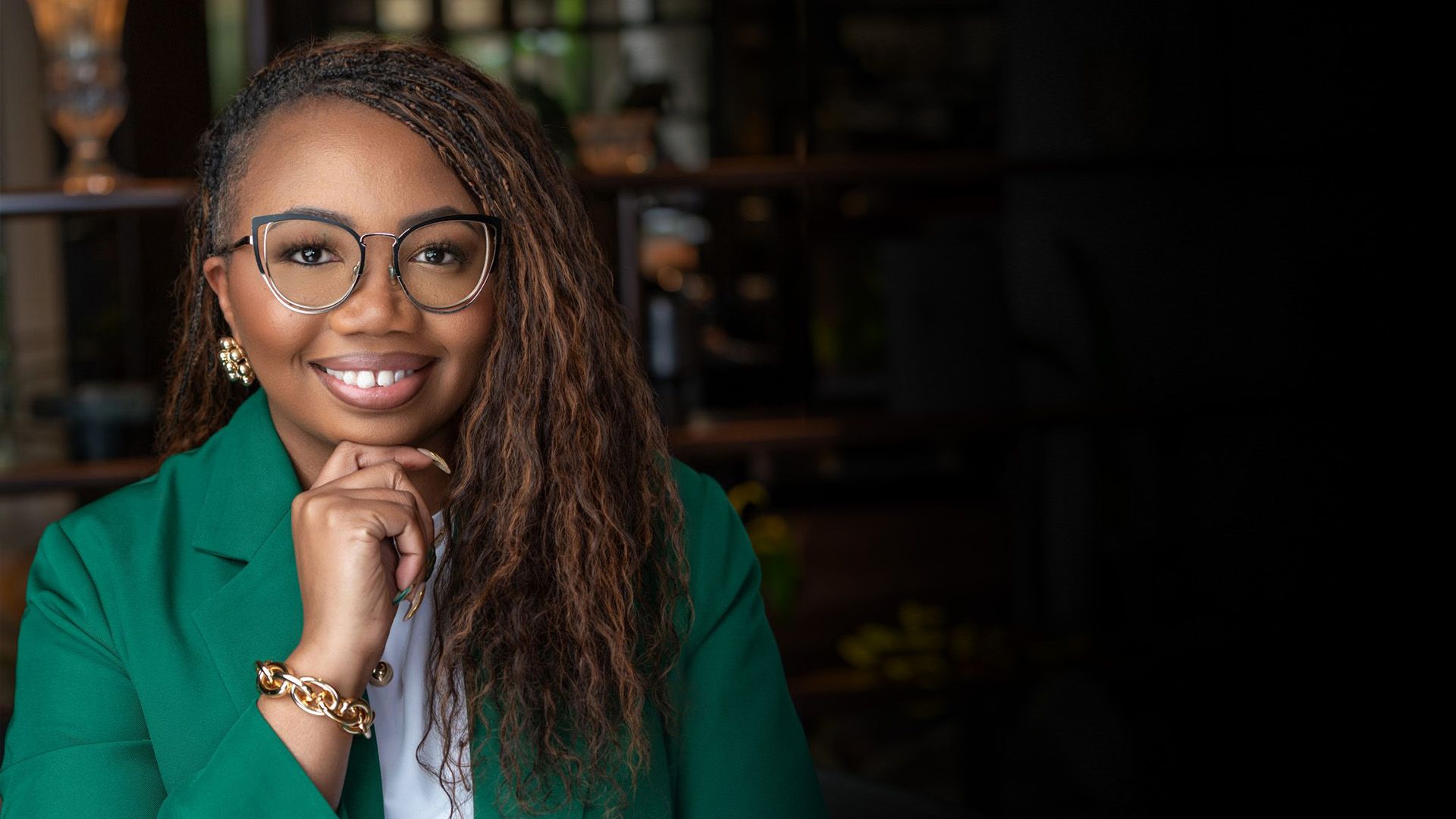
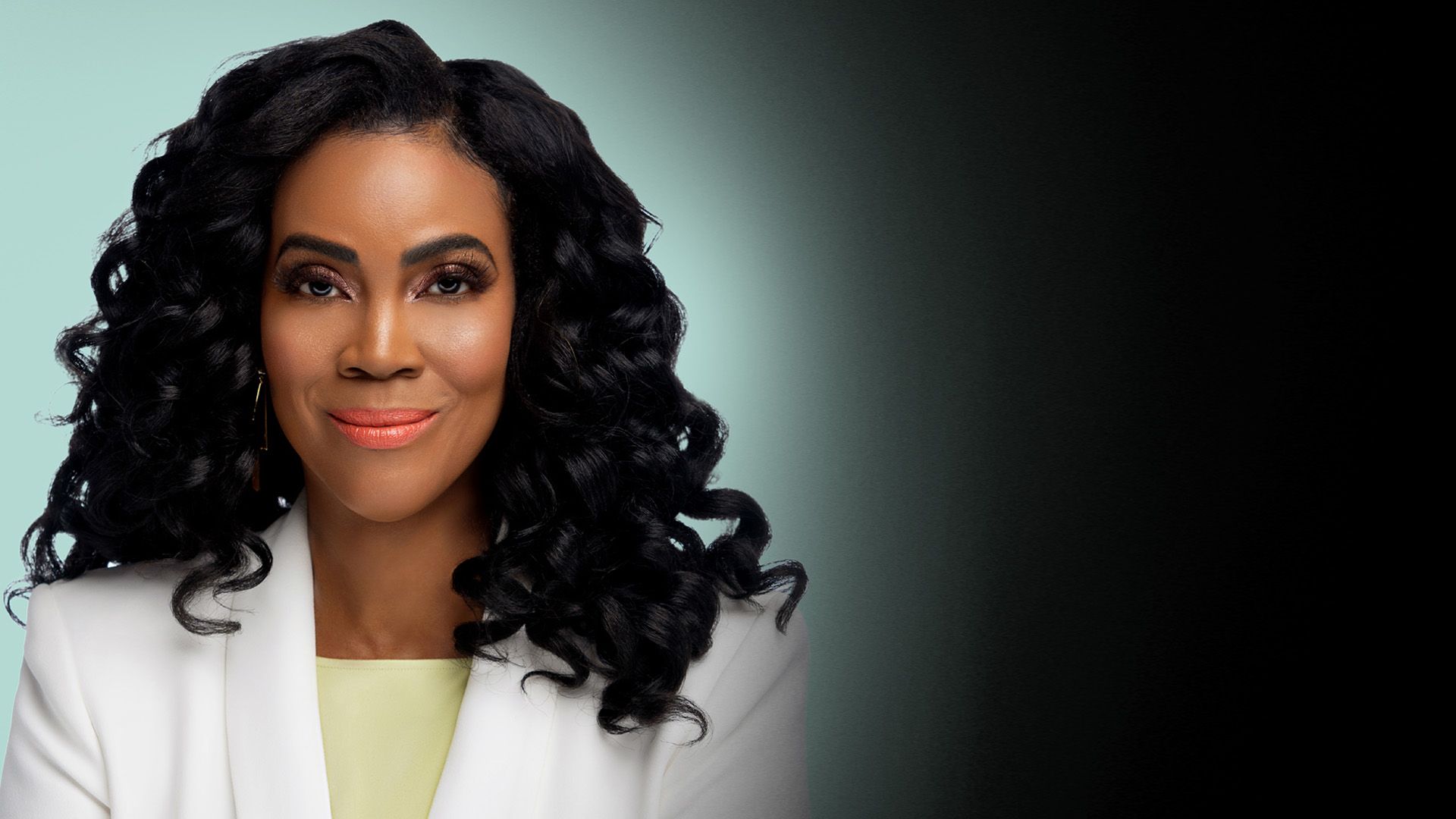

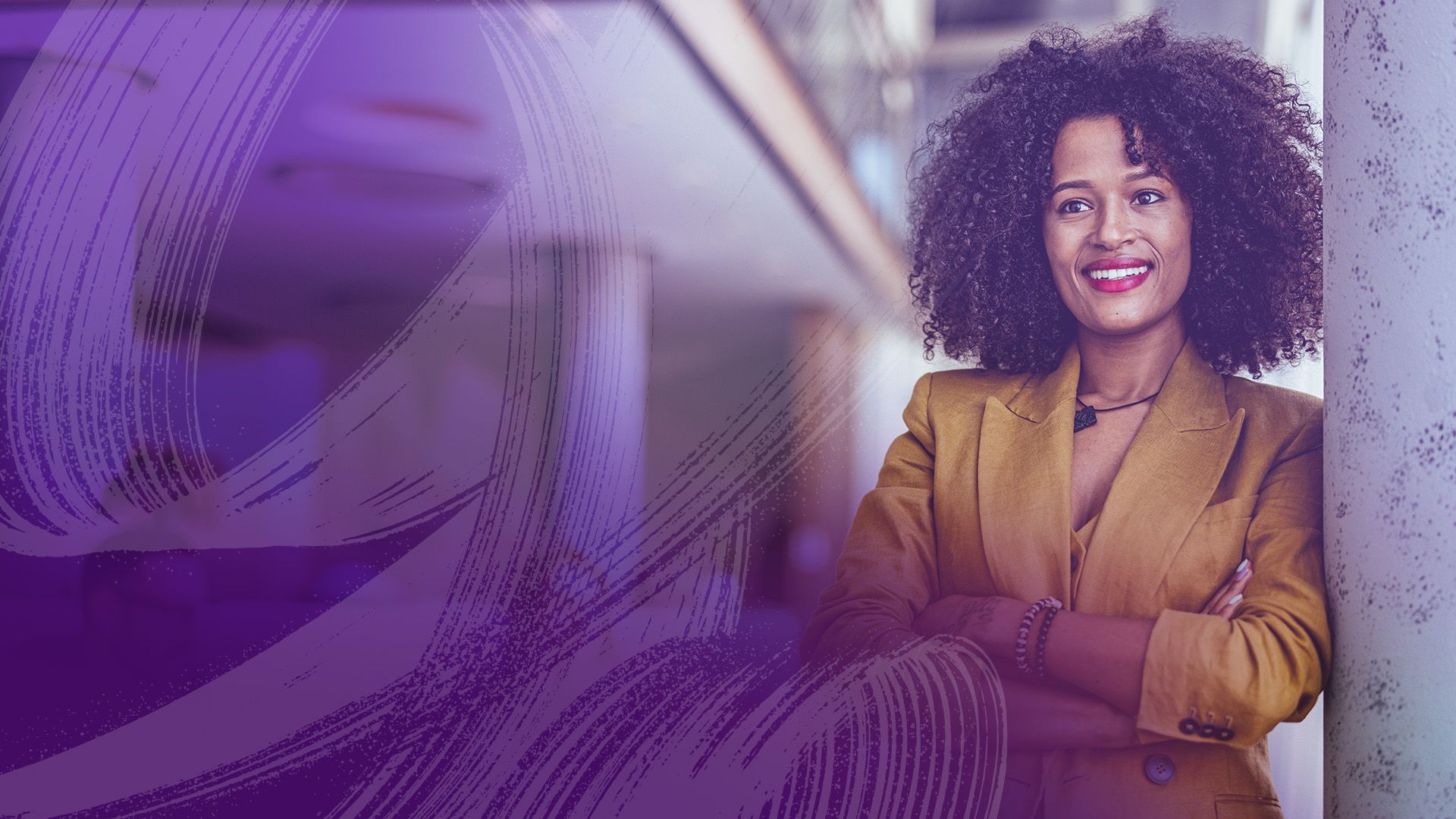
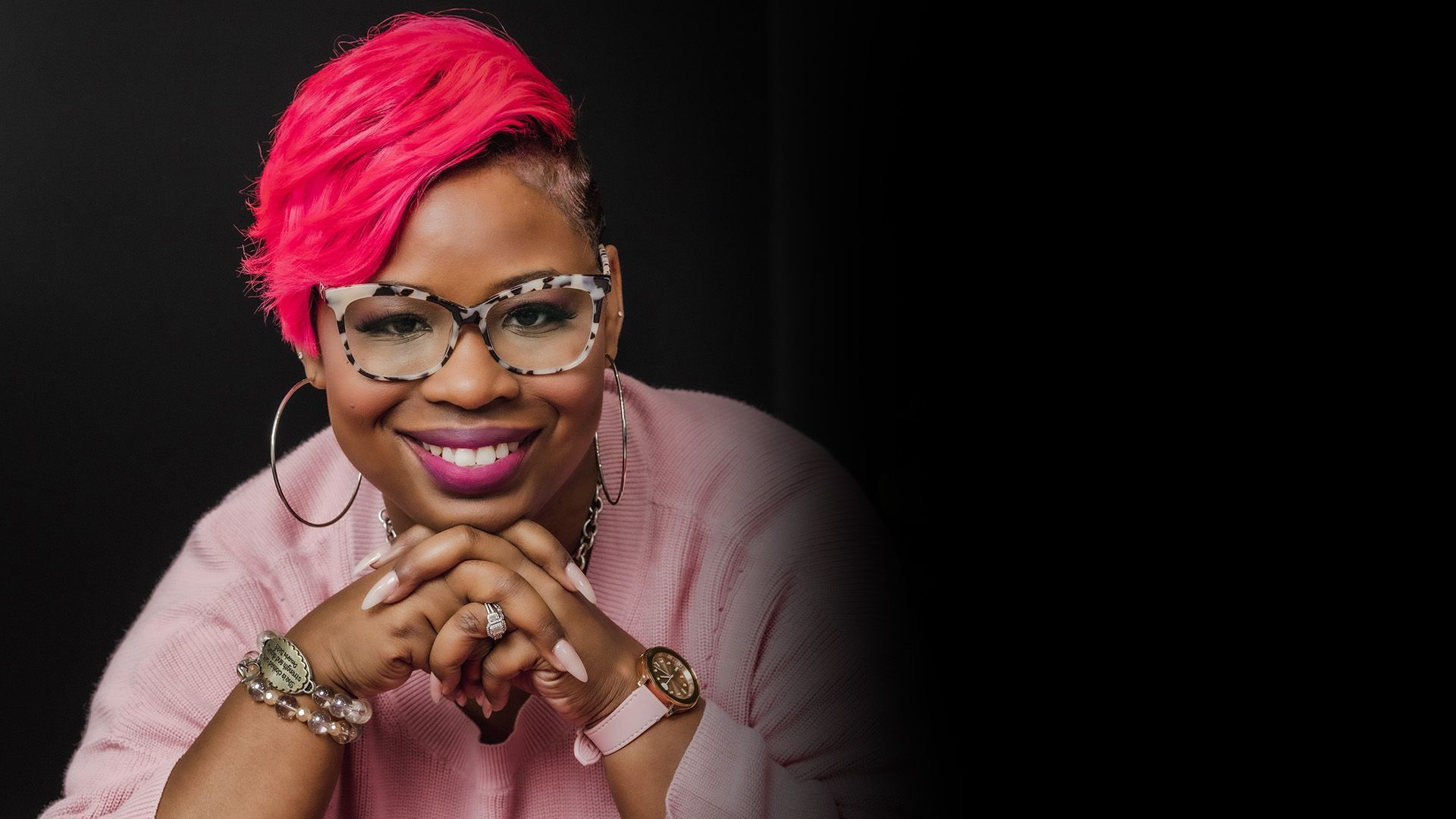
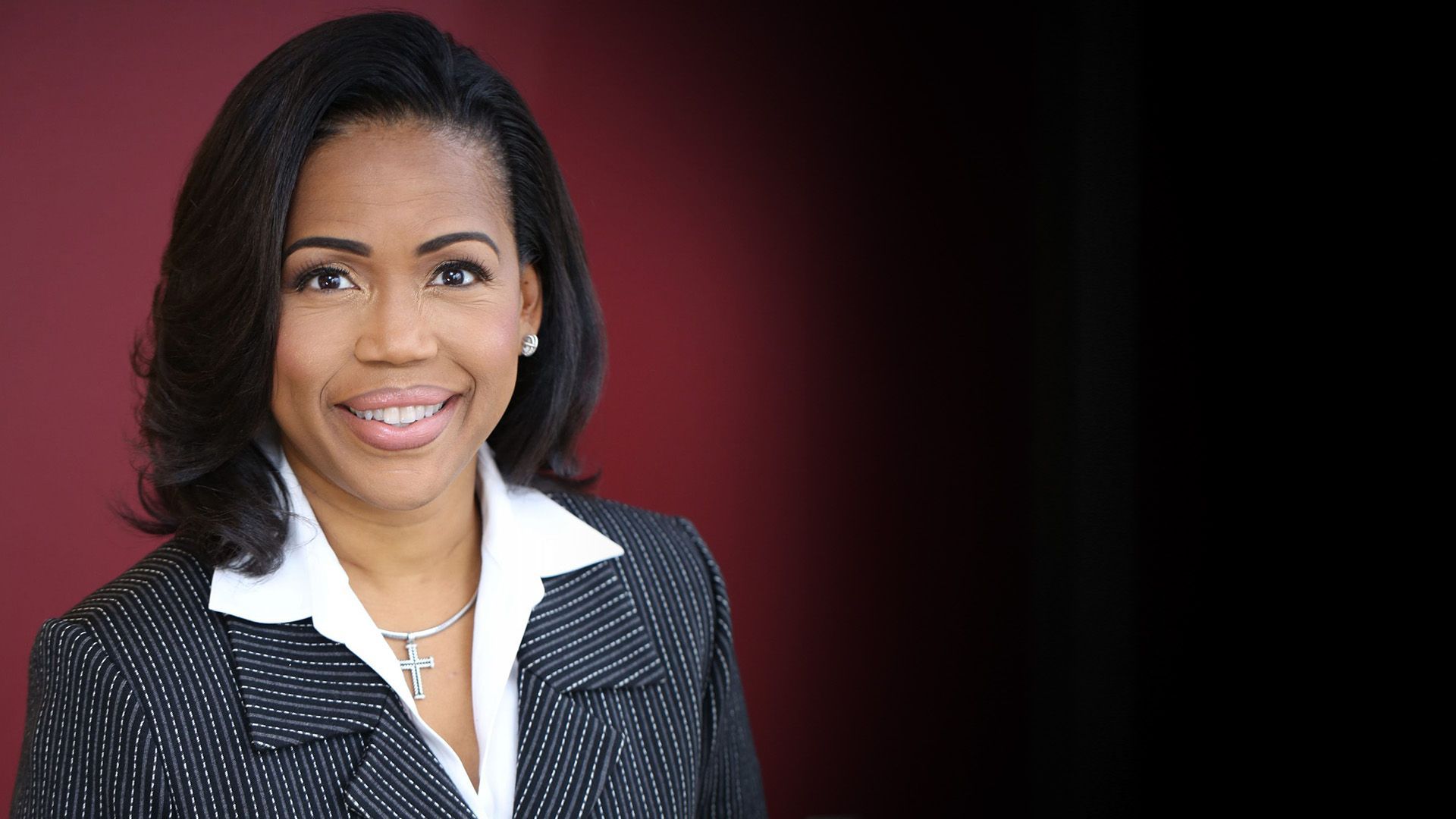

Burnout by Budget: How Financial Stress Creates Emotional Fragility in Leaders & What to Do About It
